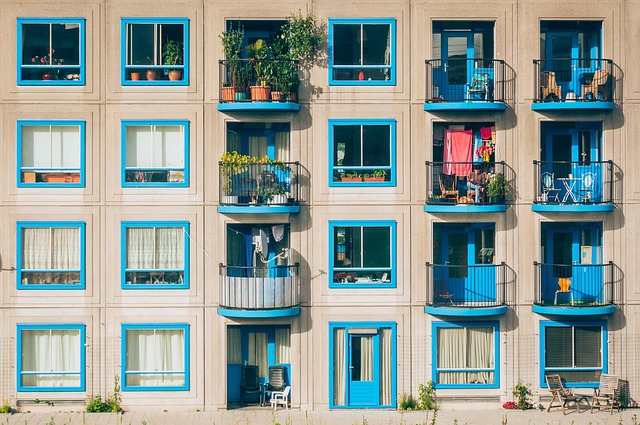Selling a house is a major financial transaction, and homeowners naturally want to get the best price possible. Achieving top dollar requires more than just putting a “For Sale” sign in the yard. Buyers look for well-maintained homes, competitive pricing, and strategic marketing. With the right approach, sellers can attract serious buyers, negotiate effectively, and maximize their home’s value.

Enhancing Curb Appeal to Make a Strong First Impression
First impressions matter when selling a house. A home’s exterior is the first thing buyers see, and it can influence their decision before they even step inside. Enhancing curb appeal makes a property more inviting and sets the stage for a successful sale.
Simple improvements like mowing the lawn, trimming overgrown bushes, and planting fresh flowers can make a big difference. A fresh coat of paint on the front door, clean walkways, and updated exterior lighting add charm and character. Power washing the driveway, siding, and porch can give the home a refreshed appearance.
For a more polished look, replacing an old mailbox, updating the house numbers, and adding stylish outdoor furniture can enhance curb appeal without requiring major renovations. A well-maintained exterior signals to buyers that the home has been cared for, increasing its perceived value.
Pricing Your Home Competitively
Setting the right price is crucial for attracting buyers and maximizing profit. Pricing too high can deter potential buyers, while pricing too low may leave money on the table. Conducting market research and analyzing comparable home sales in the area helps determine a competitive price. The team behind Unload-My-Home says that working with a cash buyer can provide insights into the current market trends. They have access to local sales data and can offer pricing strategies based on demand and inventory levels.
Sellers should consider the home’s condition, upgrades, and location when pricing. A competitive price generates more interest and can lead to multiple offers, potentially driving the sale price higher. Staging the home effectively and highlighting unique features in listings can justify a high asking price.
Staging Your Home for Maximum Appeal
A well-staged home allows buyers to envision themselves living in the space, making it more likely to sell quickly and for a higher price. Staging involves decluttering, rearranging furniture, and creating a neutral yet inviting atmosphere.
Decluttering is important, as too many personal items can make the space feel crowded and distract buyers from the home’s potential. Removing excess furniture, organizing closets, and clearing countertops create a more spacious and tidy environment.
Neutral color palettes, fresh flowers, and soft lighting contribute to a warm and welcoming atmosphere. Minor upgrades, such as new throw pillows, updated cabinet hardware, and stylish décor, can modernize the space without major renovations.
Using High-Quality Photos and Virtual Tours
Most buyers start their home search online. High-quality listing photos and virtual tours can make a significant impact on how a property is perceived. Poorly lit or low-resolution images can deter buyers, while professional photos highlight a home’s best features.
Natural lighting and wide-angle shots can make rooms appear larger and more inviting. Showcasing key areas such as the kitchen, living room, master bedroom, and outdoor spaces helps buyers visualize the home’s layout and functionality.
Virtual tours provide an interactive experience, allowing buyers to explore the home from the comfort of their own space. This is particularly useful for out-of-town buyers or those who prefer to narrow down their options before scheduling in-person showings.
Negotiating Offers Strategically
Once offers start coming in, sellers should evaluate them carefully to ensure they are getting the best deal possible. The highest offer isn’t always the best if it comes with contingencies or financing risks.
Cash offers or buyers with pre-approved financing are often more reliable than those with loan contingencies. Flexibility with closing dates, fewer repair requests, and minimal contingencies can make an offer more attractive.
Counteroffers are a valuable tool for negotiating better terms. If an offer is close to the asking price but has unfavorable conditions, sellers can negotiate repairs, closing costs, or other terms to create a win-win situation.
Real estate agents provide guidance on evaluating offers, ensuring that sellers make informed decisions that align with their financial goals.
Preparing for the Closing Process
The final step in selling a home involves completing paperwork, inspections, and finalizing the sale. Being proactive during this stage helps prevent delays and ensures a smooth transaction.
Home inspections and appraisals are common requirements before closing. Addressing any necessary repairs ahead of time can prevent last-minute complications. Providing all required documentation, such as title deeds and disclosure forms, keeps the process on track.
Sellers should plan for moving logistics and coordinate their timeline with the buyer’s closing date. Having a backup plan in case of unexpected delays provides flexibility and reduces stress.
By taking a proactive approach and working with professionals when needed, sellers can maximize their home’s value and achieve a successful sale. Whether preparing for a quick transaction or seeking the highest return on investment, these tips help homeowners navigate the selling process with confidence.



Leave a Reply